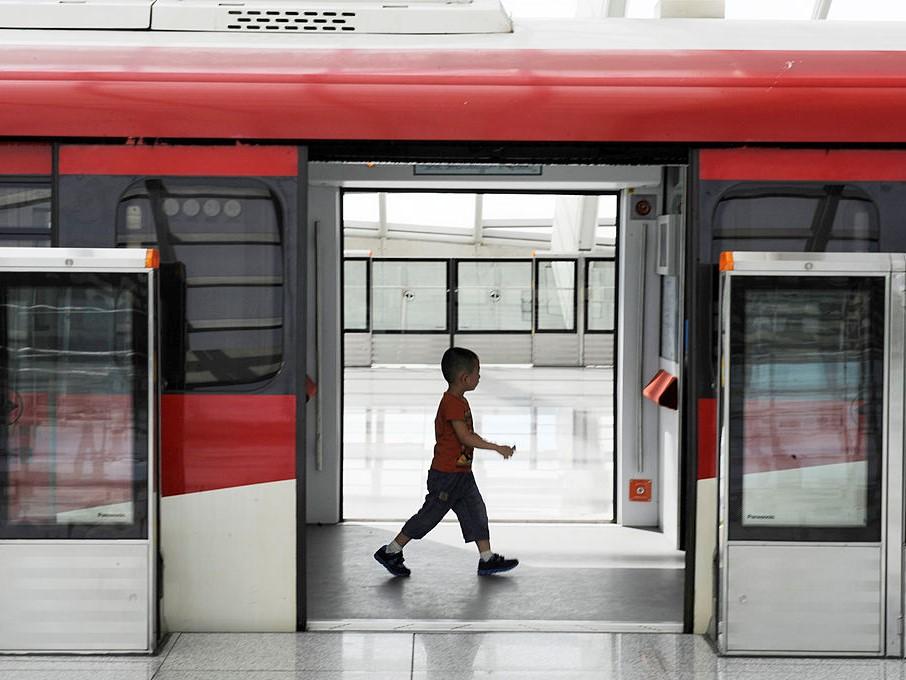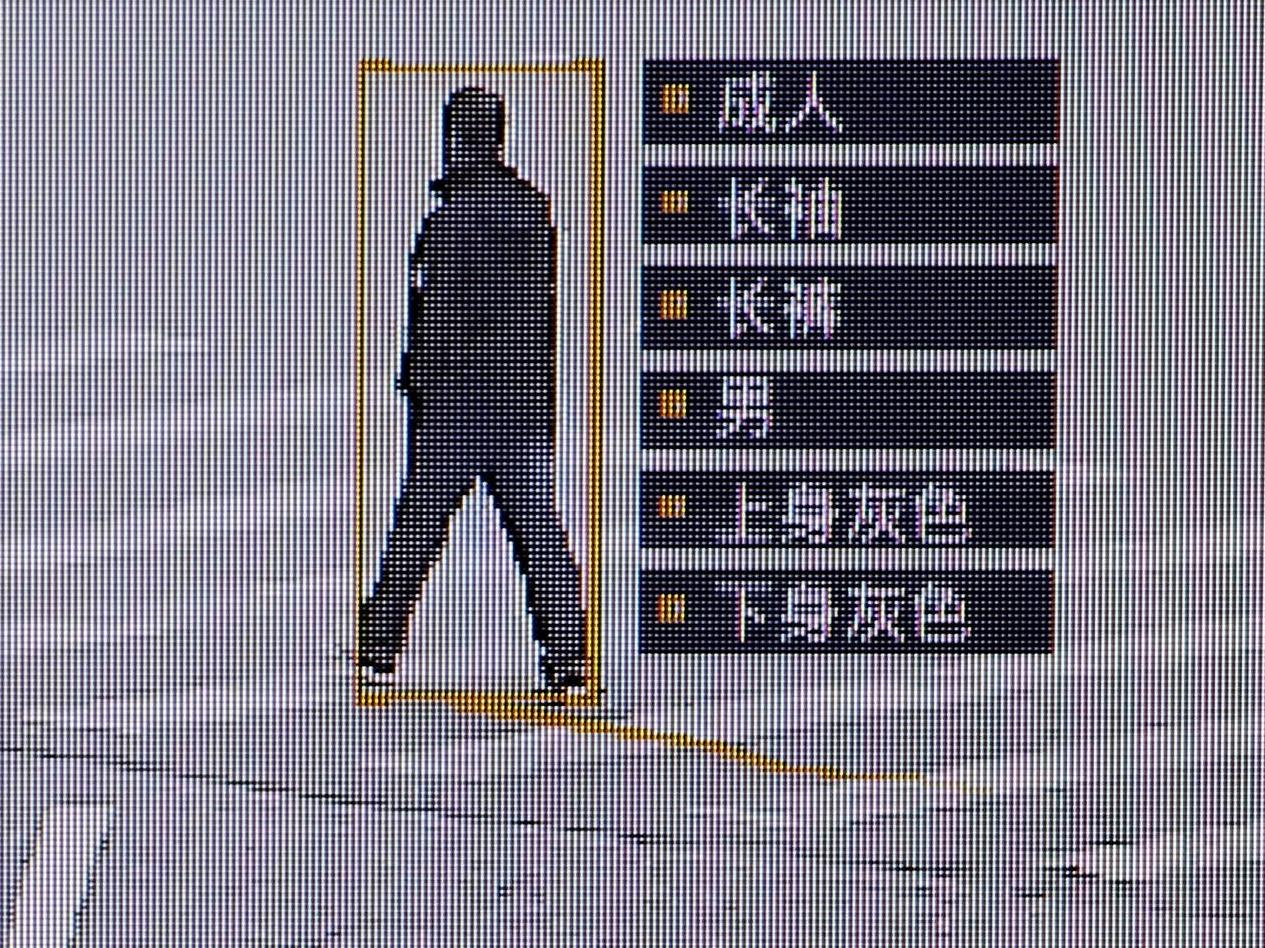China offers free subway rides to citizens who register their face with surveillance system
China’s notoriously pervasive surveillance network consists of more than 170 million CCTV cameras

Your support helps us to tell the story
From reproductive rights to climate change to Big Tech, The Independent is on the ground when the story is developing. Whether it's investigating the financials of Elon Musk's pro-Trump PAC or producing our latest documentary, 'The A Word', which shines a light on the American women fighting for reproductive rights, we know how important it is to parse out the facts from the messaging.
At such a critical moment in US history, we need reporters on the ground. Your donation allows us to keep sending journalists to speak to both sides of the story.
The Independent is trusted by Americans across the entire political spectrum. And unlike many other quality news outlets, we choose not to lock Americans out of our reporting and analysis with paywalls. We believe quality journalism should be available to everyone, paid for by those who can afford it.
Your support makes all the difference.China has introduced a new facial recognition system that allows travellers on subway trains to use their face as a form of payment.
The technology, developed by internet giant Tencent, grants people over the age of 60 free entry at some subway entrances in Shenzhen in return for them registering with the system by having their face scanned.
A similar system is also in place in Jinan, in the eastern Chinese province of Shandong, while small-scale trials are also in place in Shanghai, Qingdao, Nanjing and Nanning.
The Shenzhen initiative, first reported by state news agency Xinhua, is expected to roll out to other age groups, according to the South China Morning Post.
Facial recognition technology used in China has previously been criticised by privacy advocates, as well as users of the Chinese social network Weibo.
China’s notoriously pervasive surveillance system comprises of more than 170 million CCTV cameras, which make use of artificial intelligence to identify people even when their face is hidden.
Last year, “gait recognition” technology was rolled out in order to recognise people simply by the way that they walk.
Surveillance initiatives in the country have also included a so-called “spy bird” programme that used flocks of robotic birds in order to aerially monitor people from the skies.
The dove-like drones are equipped with a high-definition camera, GPS technology, and a flight control system to allow remote control from the ground.

China’s surveillance network feeds into its controversial social credit system, which is aimed at reinforcing the state’s message that “keeping trust is glorious and breaking trust is disgraceful”.
Those that fall foul of the system have their rating score decreased, meaning they may not have access to the best hotels, high-speed internet connections, or even have their children excluded from top-tier schools.
In extreme cases, Chinese citizens may be banned from travelling in the country or abroad. Last year, it was revealed that more than 20 million high-speed rail trips and flights had been denied to blacklisted citizens.
Join our commenting forum
Join thought-provoking conversations, follow other Independent readers and see their replies
Comments